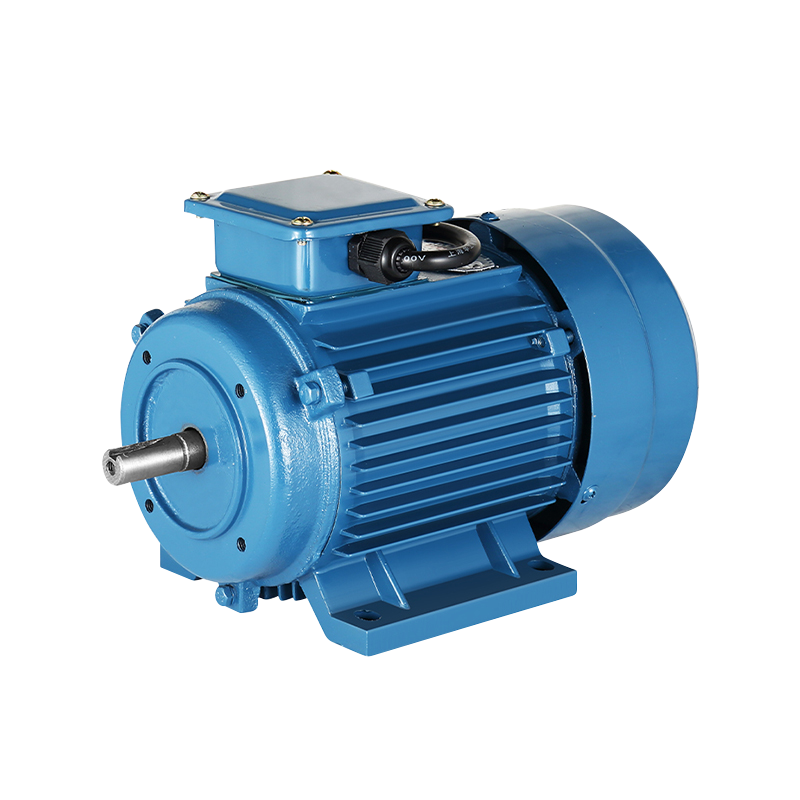Three-Phase Asynchronous Electric Motor Fan Supporting: A New Benchmark in Industrial Ventilation
The Three-Phase Asynchronous Electric Motor Fan Supporting system is revolutionizing industrial ventilation and climate control, offering efficiency, durability, and performance. As industries worldwide continue to seek advanced solutions for their air management needs, this technology emerges as a choice, especially in environments that demand robust and reliable ventilation systems.
The Three-Phase Asynchronous Electric Motor Fan Supporting system leverages the well-established principles of three-phase power systems and asynchronous (induction) motor technology. Asynchronous motors are renowned for their simplicity, reliability, and efficiency, making them a staple in industrial applications. The three-phase configuration further enhances these attributes by providing balanced power distribution, which reduces energy losses and improves overall system efficiency.
This system is specifically designed to support high-performance fans, essential in industrial settings where large volumes of air need to be moved efficiently. The Three-Phase Asynchronous Electric Motor Fan Supporting system ensures that fans operate smoothly and consistently, even under variable load conditions, which is critical for maintaining air quality and temperature control in factories, warehouses, and other large facilities.
One of the standout features of the Three-Phase Asynchronous Electric Motor Fan Supporting system is its remarkable energy efficiency. The three-phase power supply offers a more stable and efficient energy flow compared to single-phase systems, reducing the electrical losses associated with power transmission. This results in lower energy consumption and cost savings, making the system an economically viable option for large-scale industrial operations.
Moreover, the asynchronous nature of the motor allows for high efficiency at varying speeds, which is particularly useful in applications where ventilation requirements fluctuate. By adjusting the motor speed to match the demand, the system minimizes energy wastage, further contributing to cost reductions and sustainability efforts.
Reliability is a critical factor in industrial environments, and the Three-Phase Asynchronous Electric Motor Fan Supporting system excels in this regard. Asynchronous motors are known for their robust design and minimal maintenance needs. They lack brushes and commutators, which are common failure points in other motor types, thus reducing the likelihood of mechanical breakdowns.
The system's durability is enhanced by the use of high-quality materials and construction techniques that withstand harsh industrial conditions. This includes exposure to dust, moisture, and temperature extremes. As a result, the Three-Phase Asynchronous Electric Motor Fan Supporting system offers a longer operational lifespan, ensuring consistent performance and reducing downtime and maintenance costs.
The versatility of the Three-Phase Asynchronous Electric Motor Fan Supporting system makes it suitable for a wide range of industrial applications. In manufacturing plants, it is used to ventilate workspaces, remove harmful fumes, and maintain stable temperatures, all of which are crucial for worker safety and product quality. In agriculture, the system helps in managing air quality in livestock facilities and greenhouses, supporting healthier environments and improving yield outcomes.
Additionally, the system is widely adopted in mining operations, where it plays a vital role in providing ventilation to underground tunnels and reducing the concentration of hazardous gases. Its robust and reliable performance is essential in these high-risk environments, where failure is not an option.
The Three-Phase Asynchronous Electric Motor Fan Supporting system contributes positively to environmental sustainability. By optimizing energy use and reducing electricity consumption, the system helps lower the carbon footprint of industrial operations. This is particularly important as industries face increasing pressure to meet environmental regulations and pursue green initiatives.
Furthermore, the system's high efficiency means that it can contribute to significant energy savings, which is a critical aspect of sustainable industrial practices. These savings not only reduce operational costs but also align with broader efforts to mitigate climate change by decreasing greenhouse gas emissions associated with energy production.
-
Feedback

 English
English 中文简体
中文简体






